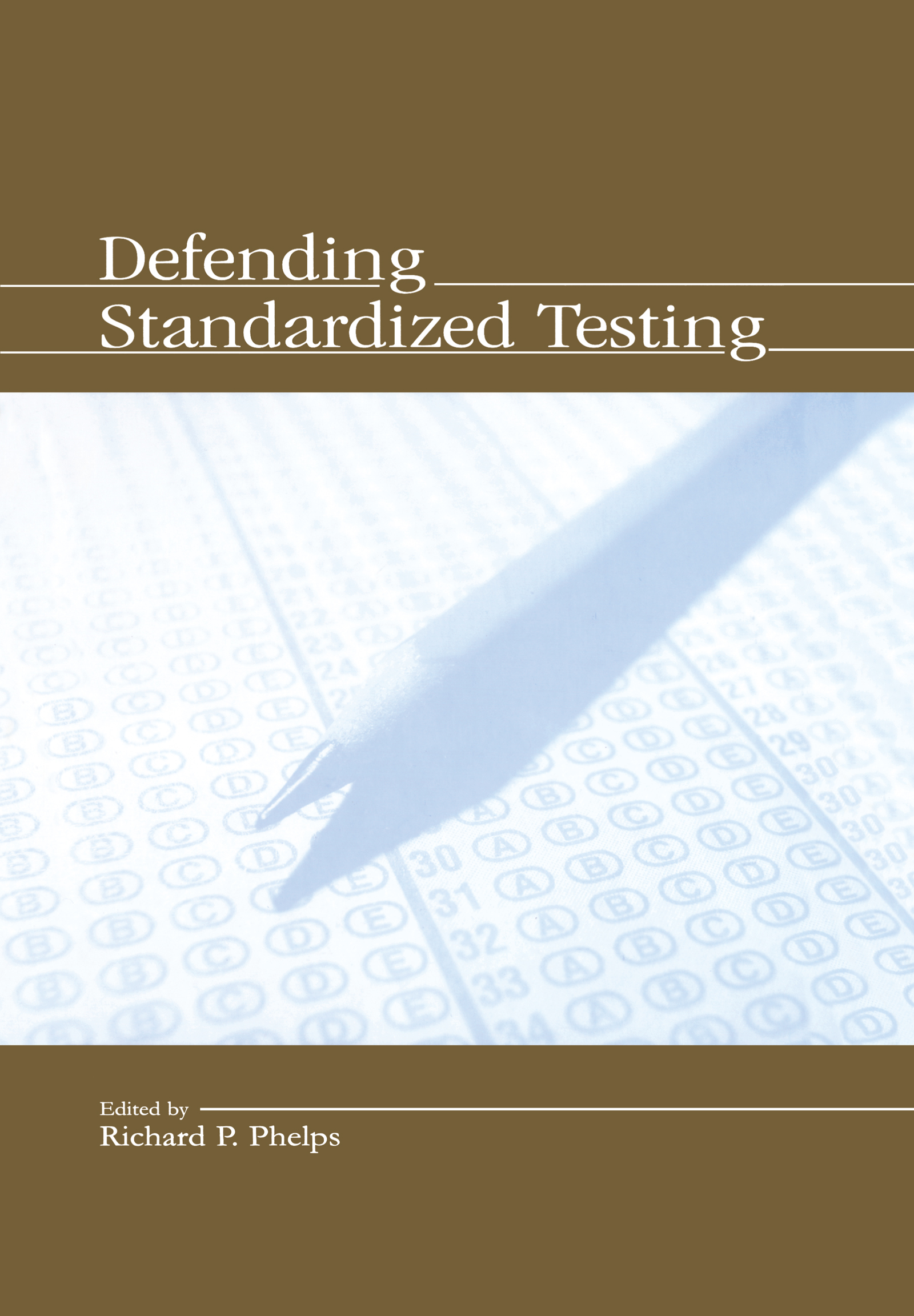Even though there is a growing interest in predictive policing, to date there have been few, if any, formal evaluations of these programs. This report documents an assessment of a predictive policing effort in Shreveport, Louisiana, in 2012, which was conducted to evaluate the crime reduction effects of policing guided by statistical predictions. RAND researchers led multiple interviews and focus groups with the Shreveport Police Department throughout the course of the trial to document the implementation of the statistical predictive and prevention models. In addition to a basic assessment of the process, the report shows the crime impacts and costs directly attributable to the strategy. It is hoped that this will provide a fuller picture for police departments considering if and how a predictive policing strategy should be adopted. There was no statistically significant change in property crime in the experimental districts that applied the predictive models compared with the control districts; therefore, overall, the intervention was deemed to have no effect. There are both statistical and substantive possibilities to explain this null effect. In addition, it is likely that the predictive policing program did not cost any more than the status quo.–“Abstract” on web page.












